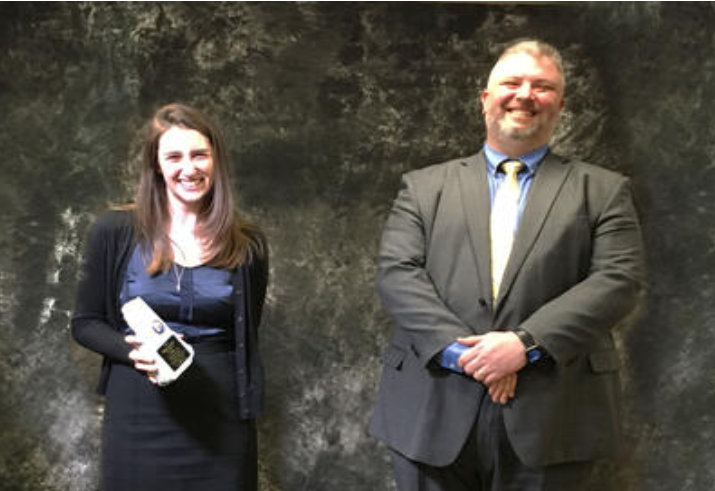Overview
When families can access the voluntary resources and supports they need and want, they are better positioned to care for their families and may be less likely to experience child protection system interventions, such as investigations or removals.
Yet when services like financial support, substance-use treatment, or other family wellbeing resources are not available or accessible, families’ unmet needs often place them at higher risk of becoming entangled with child protective services, which can cause additional stress and trauma.
The GPL works with jurisdictions that are committed to designing, expanding, and investing in voluntary services that seek to meet the needs of families outside of any child welfare agency involvement. This looks like:
- Working with community providers to identify families who may be at higher risk of child protection interactions and then offer voluntary supports, like mental health services, substance-use treatment, access to financial resources, or home visiting.
- Strengthening providers’ outreach strategies to ensure they are reaching families in ways that feel respectful and relevant.
- Equipping leaders to design services or contract with providers that offer services families want, including peer supports and service navigation.






